Dubai makes you feel something. Not just see something or tick something off a list. It’s the kind of place where you walk into a shopping centre and find yourself face-to-face with a ten-metre aquarium. Where you can ski before lunch and watch camels at sunset. The city rewrites the rules, and frankly, it does so with style. If you’re hunting for the best tourist spots in Dubai, you’re not just looking for landmarks. You’re searching for experiences that stay with you long after you’ve boarded your flight home. This city delivers them in abundance.
1. Burj Khalifa — Touching the Sky
You can’t talk about tourist spots in Dubai without beginning at the Burj Khalifa. Standing at 828 metres, it pierces the sky like a needle threading ambition through clouds. The elevator ride alone feels like a mini space launch. When you reach the observation deck on the 124th floor, the city sprawls beneath you in patterns that make sense only from this height. Roads become veins. Buildings become toys. The Arabian Gulf stretches endlessly, shimmering under the sun. Go at sunset if you can. The light turns everything golden, and for a moment, Dubai feels almost soft. Almost gentle. Then you remember you’re standing in the tallest structure humans have ever built, and the city snaps back into focus.
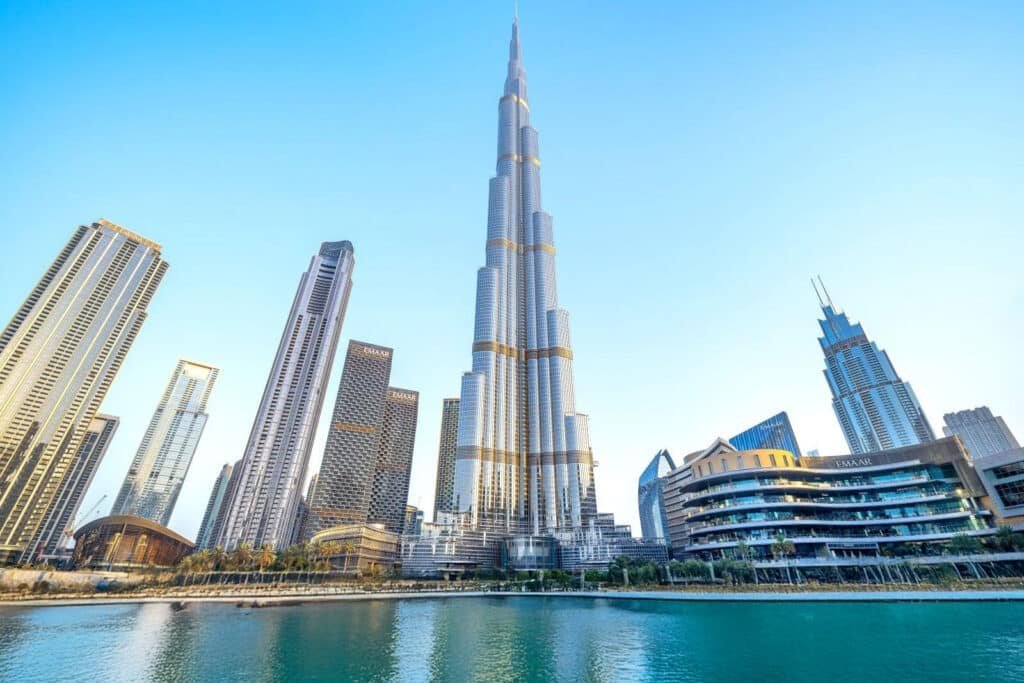
2. The Dubai Mall — Where Shopping Meets Spectacle
The Dubai Mall isn’t just a shopping centre. It’s a micro-city with its own weather system, food districts, and entertainment quarters. Over 1,200 stores sit under one roof, but that’s not why people come. They come for the Dubai Aquarium, where sharks glide past your face whilst you walk through a glass tunnel. They come for the Olympic-sized ice rink where Emiratis and expats skate side by side. They come because the mall has somehow turned consumerism into an adventure. You can spend an entire day here and never feel bored. From the VR Park to the dinosaur skeleton near the main entrance, every corner offers something unexpected. It’s exhausting in the best way possible.
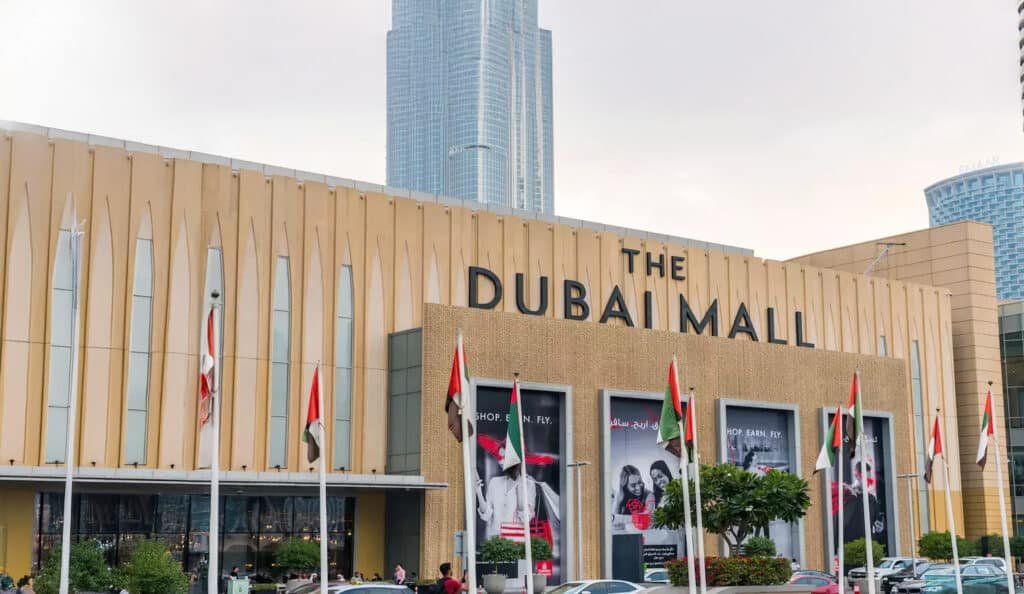
3. Al Fahidi Historical Neighbourhood — The Soul of Old Dubai
Amongst the glass towers and air-conditioned corridors, Al Fahidi Historical Neighbourhood reminds you that Dubai wasn’t always this way. The narrow lanes wind between sandstone buildings topped with wind towers, architectural marvels that cooled homes long before electricity arrived. This is where you feel the soul of the city. The courtyards host art galleries now, small cafés serve Arabic coffee, and the air smells faintly of incense. Visit the Sheikh Mohammed Centre for Cultural Understanding if you want to genuinely grasp Emirati culture. They run tours that welcome questions about Islam, tradition, and modern life. The Dubai Museum sits nearby, tucked inside Al Fahidi Fort. Inside, dioramas recreate life before oil, when pearl diving sustained entire families. It’s humbling, honestly. You realise how young this metropolis truly is.
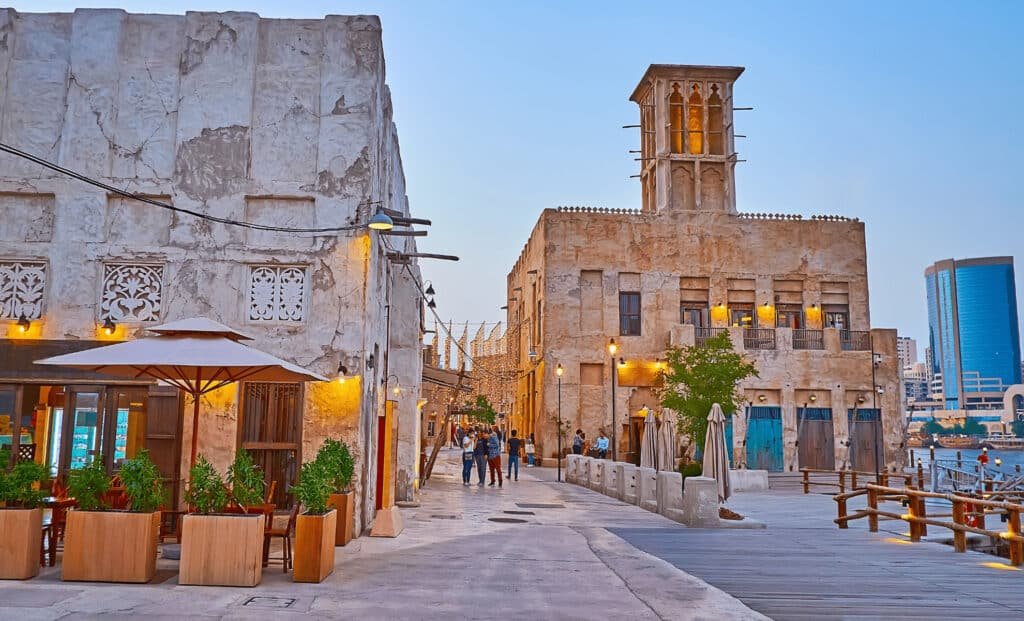
4. The Palm Jumeirah — Engineering Meets Elegance
The Palm Jumeirah looks absurd from the air. A man-made island shaped like a palm tree, visible from space, housing some of the world’s most exclusive resorts. Atlantis The Royal dominates the crescent, all gold and glass and impossible architecture. But the Palm isn’t just for the ultra-wealthy. Public beaches line the trunk, and the monorail offers stunning views for a fraction of resort prices. I’ve always found something surreal about walking along the fronds, knowing that every grain of sand was placed deliberately. Engineers redirected currents. Divers monitored coral. The entire thing feels like proof that Dubai doesn’t take “no” for an answer. Whether you stay at a five-star resort or just drive along the trunk for the views, the Palm Jumeirah ranks amongst the most ambitious tourist spots in Dubai.
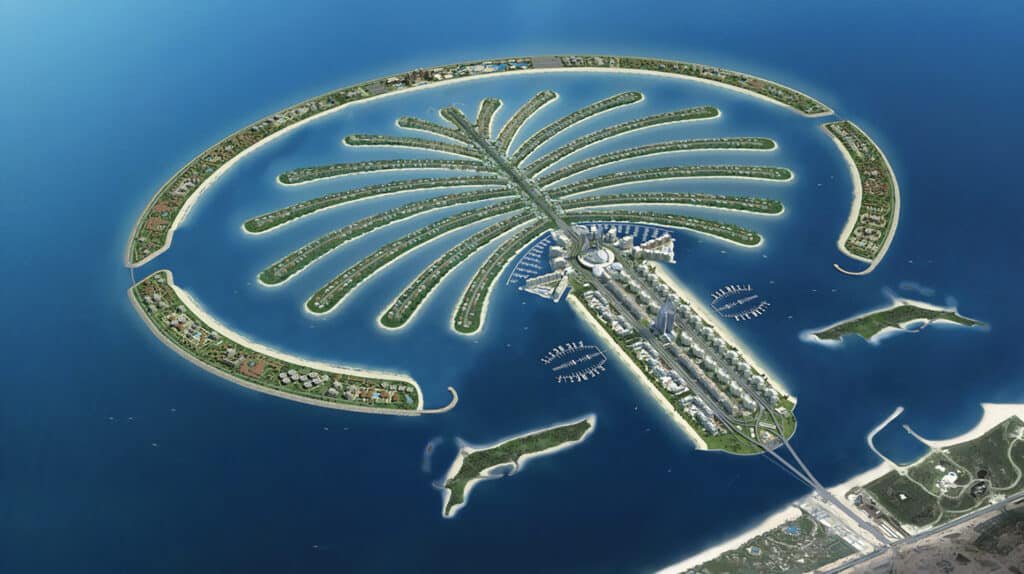
5. Dubai Marina — Where the City Comes Alive
Dubai Marina hums with energy at all hours. Yachts bob in the water, their masts clinking softly. Joggers pass each other along the Marina Walk whilst cafés serve everything from açai bowls to shakshuka. The skyline here rivals Manhattan, towers reflected in the water like a second city below the surface. At night, neon lights turn the marina into something from a sci-fi film. The atmosphere shifts depending on when you visit. Mornings feel fresh and athletic. Afternoons slow down, lazy and warm. Evenings explode with activity as restaurants fill and rooftop bars open. For thrill-seekers, the XLine zipline launches you across the marina at terrifying speeds. I’ve watched people scream their way across, and honestly, it looks both horrifying and exhilarating.
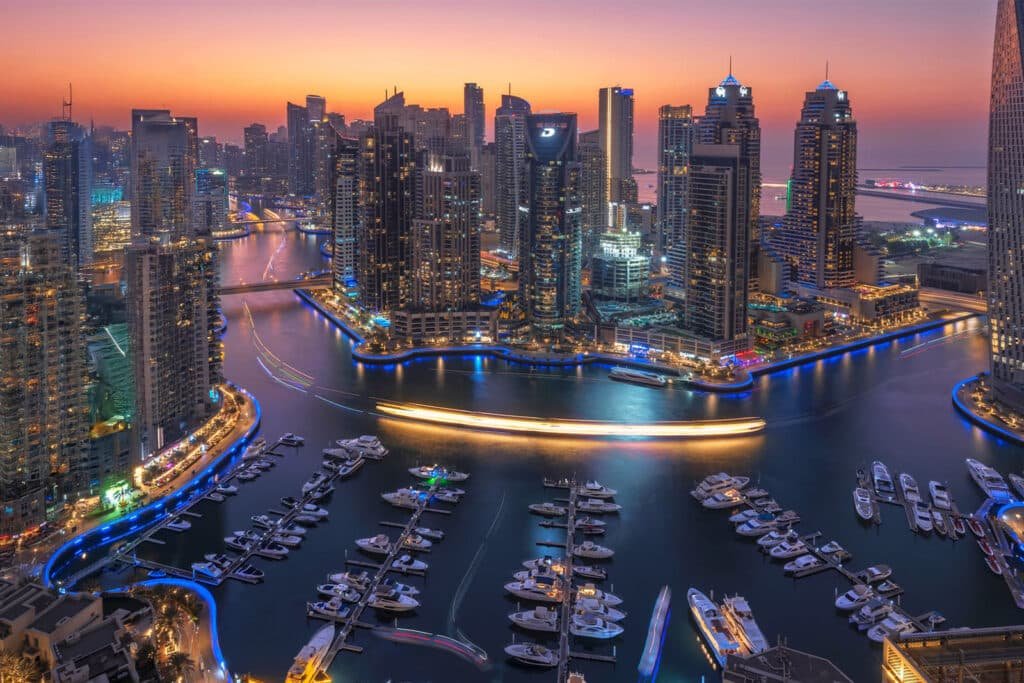
6. Desert Safari — The Call of the Dunes
An hour outside the urban sprawl, the desert waits. Rolling dunes stretch endlessly, their surfaces rippling like frozen waves. Desert safaris have become almost clichéd, but they remain essential for understanding Dubai’s geography. The city sits on the edge of the Rub’ al Khali, the Empty Quarter, one of the world’s largest sand deserts. Safari operators offer everything from budget BBQ evenings to luxury glamping under the stars. Dune bashing in a 4×4 feels like a rollercoaster without tracks. Camels plod through the sand with surprising grace. At night, the sky opens up, stars so thick you could scoop them like sand. The silence out here contrasts sharply with the city’s constant hum. It recalibrates something inside you.
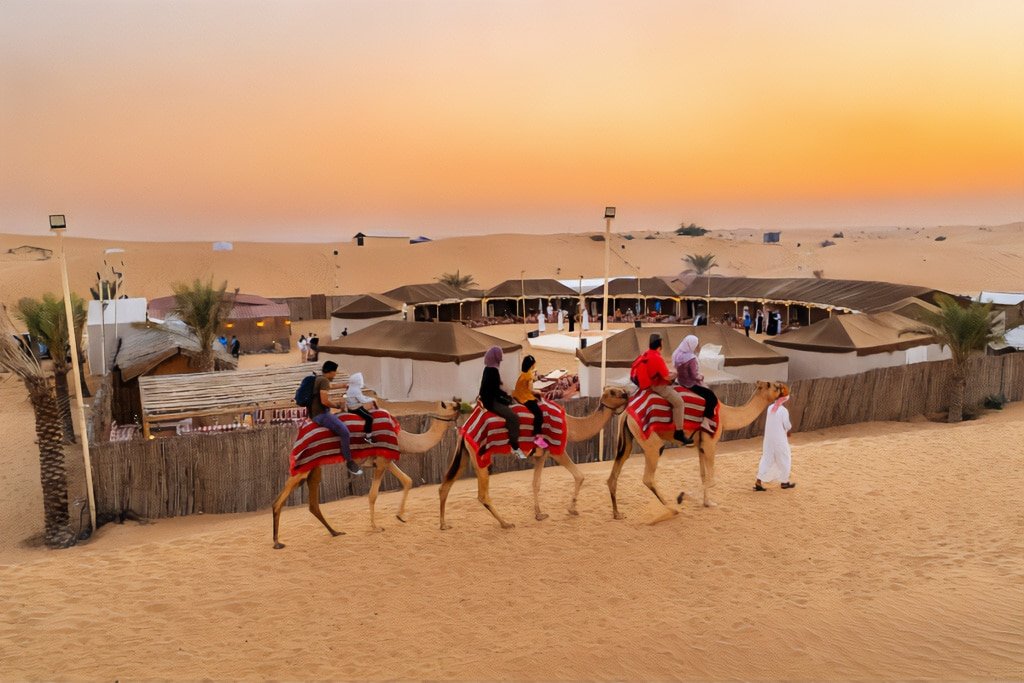
7. Dubai Frame — Linking Past and Future
The Dubai Frame looks like a giant golden picture frame planted in Zabeel Park. It’s exactly that. Stand on one side, and the view captures Old Dubai: minarets, low buildings, heritage sites. Walk to the other side, and you see the future: skyscrapers, cranes, construction sites promising even taller structures. Inside, glass walkways let you peer straight down at the park below. Exhibits trace Dubai’s evolution from fishing village to global powerhouse in less than a century. The Frame works as both monument and museum. It’s one of those tourist spots in Dubai that functions on multiple levels. Aesthetically striking, yes. But also conceptually clever. You’re literally standing between past and future, looking at both simultaneously.
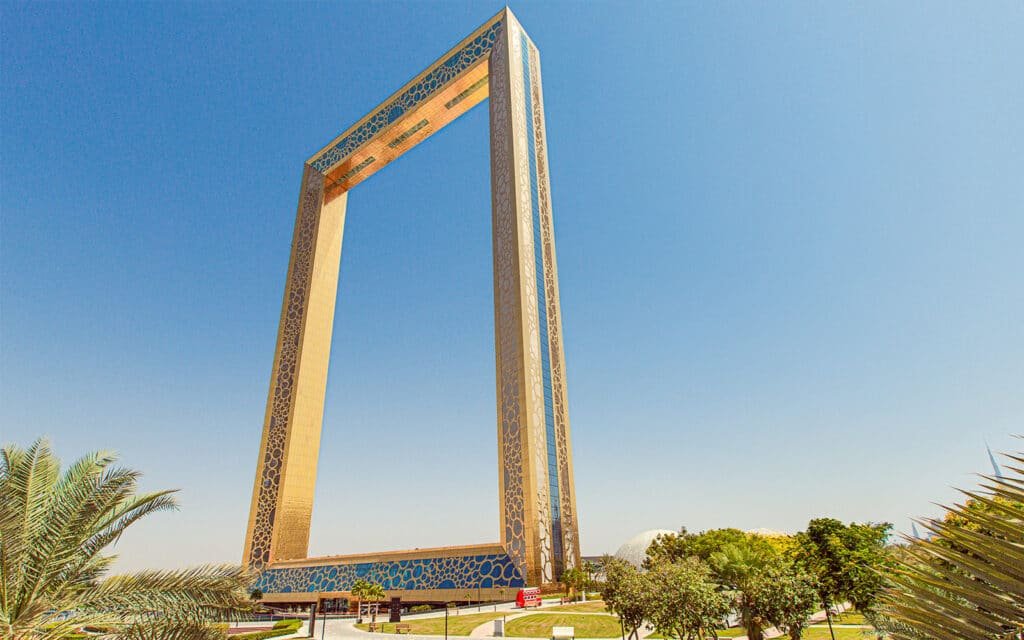
8. Museum of the Future — A Glimpse of Tomorrow
The Museum of the Future doesn’t look real. The torus-shaped building features Arabic calligraphy carved into its façade, glowing at night like ancient wisdom projected into space. Inside, exhibits explore climate solutions, space colonisation, and AI integration. You can interact with robotic companions, experience simulated rainforest ecosystems, and contemplate humanity’s next chapter. It feels less like a museum and more like a film set. Every surface gleams. Every interaction feels intentional. Children absolutely love it, but adults leave equally mesmerised. The building itself has become an icon, appearing on postcards and Instagram feeds with alarming frequency. It’s one of those places where the architecture and the content compete for your attention, and somehow both win.
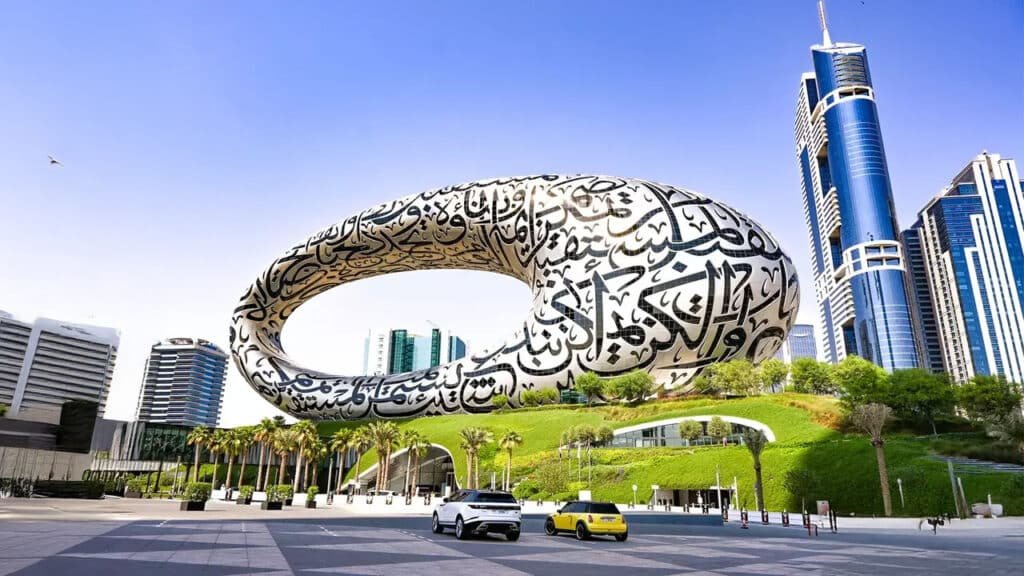
9. Jumeirah Mosque — Open Doors, Open Minds
Jumeirah Mosque stands out not just for its architecture but for its welcome. Most mosques in the UAE restrict entry to Muslims, but Jumeirah opens its doors to everyone. Guided tours explain Islamic principles, prayer rituals, and cultural practices. The guides encourage questions, no matter how basic or complex. The mosque’s white marble glows during sunset, domes and minarets catching the fading light beautifully. It’s a photographer’s dream and a cultural education rolled into one. Dress modestly, remove your shoes, and prepare to learn something. The tour lasts about an hour, but the perspective shift lasts much longer. Understanding breeds respect, and Jumeirah Mosque offers that understanding freely.
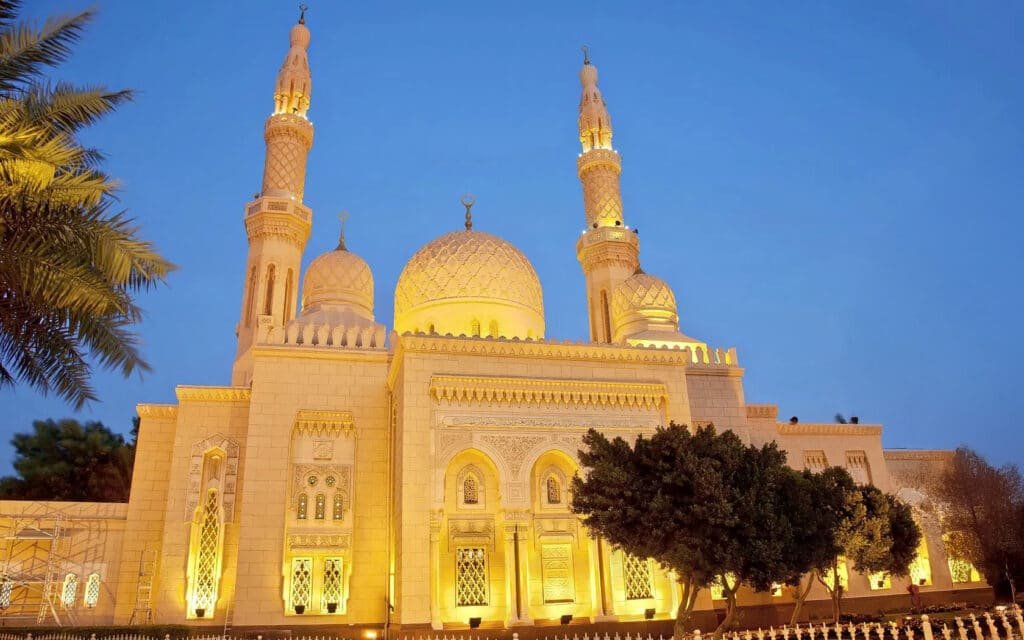
10. Global Village — Around the World in One Night
Each winter, Global Village transforms empty land near Dubailand into a sprawling cultural carnival. Over 90 pavilions represent countries from every continent. You can buy Turkish lamps, taste Colombian coffee, watch Filipino dance performances, and haggle for Egyptian textiles—all in one evening. The atmosphere feels festive, almost chaotic. Families stroll between pavilions whilst children ride carnival attractions. Food stalls sell everything from Lebanese shawarma to Japanese takoyaki. It’s loud, colourful, and unmistakably Dubai. The city’s multicultural identity shines brightest here. You realise that Dubai doesn’t just tolerate diversity. It celebrates it, commodifies it, turns it into entertainment. Some might find that cynical. I find it oddly honest.
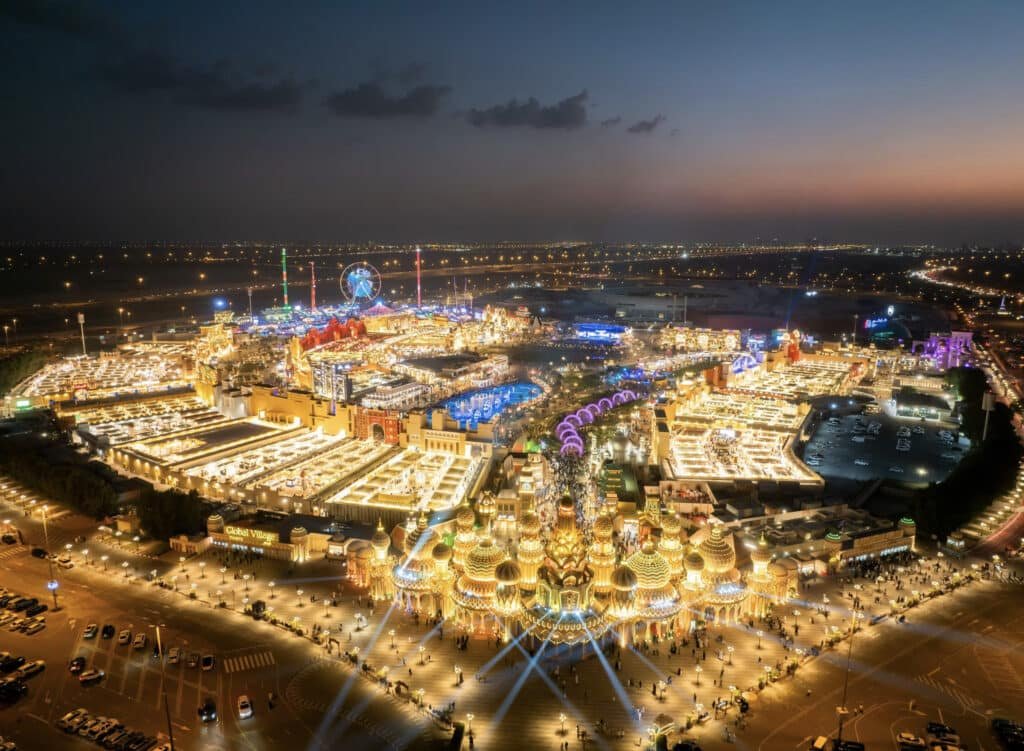
Why These Places Matter
Tourist spots in Dubai work because they represent extremes. The tallest building. The largest mall. An island built from nothing. A museum about tomorrow. But beneath the superlatives lies something more interesting: ambition translated into architecture. Each landmark tells a story about what humans can accomplish when resources meet imagination. Critics dismiss Dubai as artificial, soulless, overly commercial. They’re not entirely wrong. But they’re also missing the point. This city never claimed to be ancient or organic. It chose speed over tradition, innovation over preservation. That choice created a destination unlike anywhere else on Earth.
Practical Wisdom Before You Go
Timing your visit matters enormously. November through March offers pleasant temperatures around 25°C. Summer months turn brutal, with heat pushing past 45°C regularly. The metro system connects most major tourist spots in Dubai efficiently. Trains run clean, punctual, and air-conditioned. Taxis remain affordable, and ride apps like Careem operate everywhere. Dress codes vary by location. Malls and modern areas accept casual Western clothing. Mosques and heritage sites require modest coverage. When in doubt, err towards conservative. Locals appreciate the effort. Stay hydrated. The climate dries you out faster than you’d expect, even in winter.
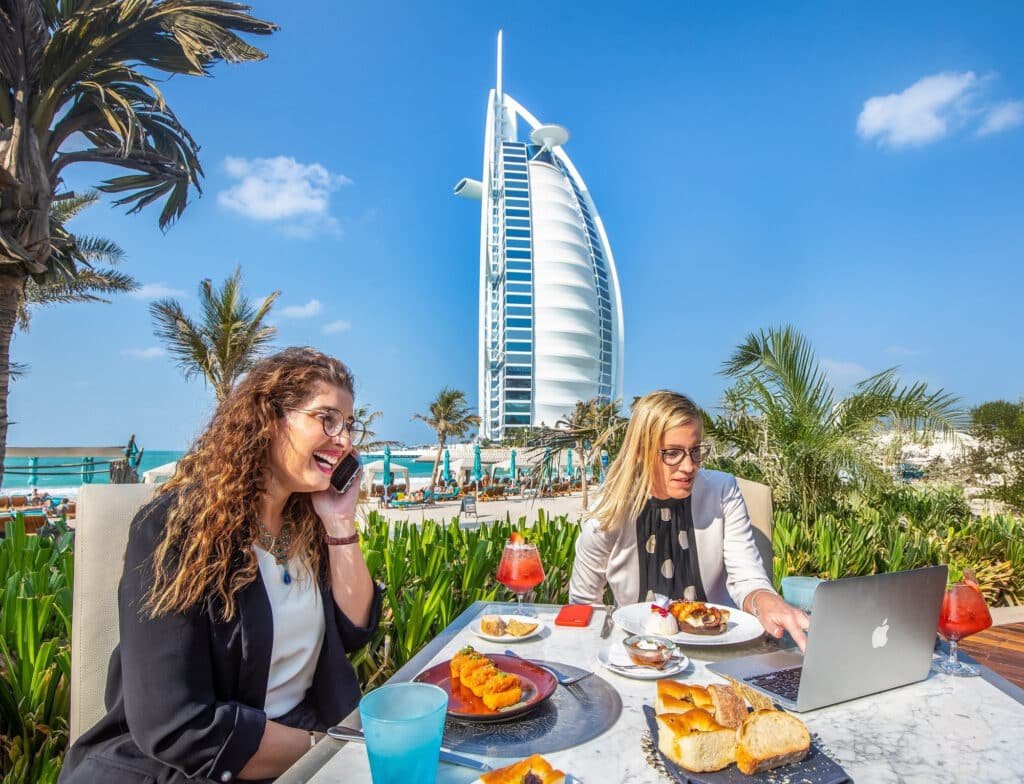
The City That Refuses to Finish
Construction cranes dot Dubai’s skyline like metallic birds frozen mid-flight. New projects constantly emerge: floating hotels, record-breaking towers, theme parks, cultural districts. The city’s identity remains fluid, always shifting, never quite settling. Some find this exhausting. Others find it exhilarating. I find it fitting. Dubai doesn’t pretend to have all the answers. It experiments, pivots, builds, rebuilds. These tourist spots in Dubai capture that energy. They’re not dusty monuments to a distant past. They’re living testaments to ongoing ambition. Whether you’re watching fountains dance outside the Burj Khalifa or sipping coffee in Al Fahidi’s courtyards, you’re experiencing a city in motion. A city that turned desert into destiny. A city that makes you feel something.
The ideal time to visit is between November and March when the weather is cooler and outdoor attractions thrive.
Yes. Dubai is one of the world’s safest cities, with low crime rates and strict public order laws.
For popular spots like Burj Khalifa or Museum of the Future, advance booking is recommended, especially on weekends.
Yes. Dubai Creek, JBR Beach, and Al Qudra Lakes are among the many scenic and cultural sites you can enjoy for free.



